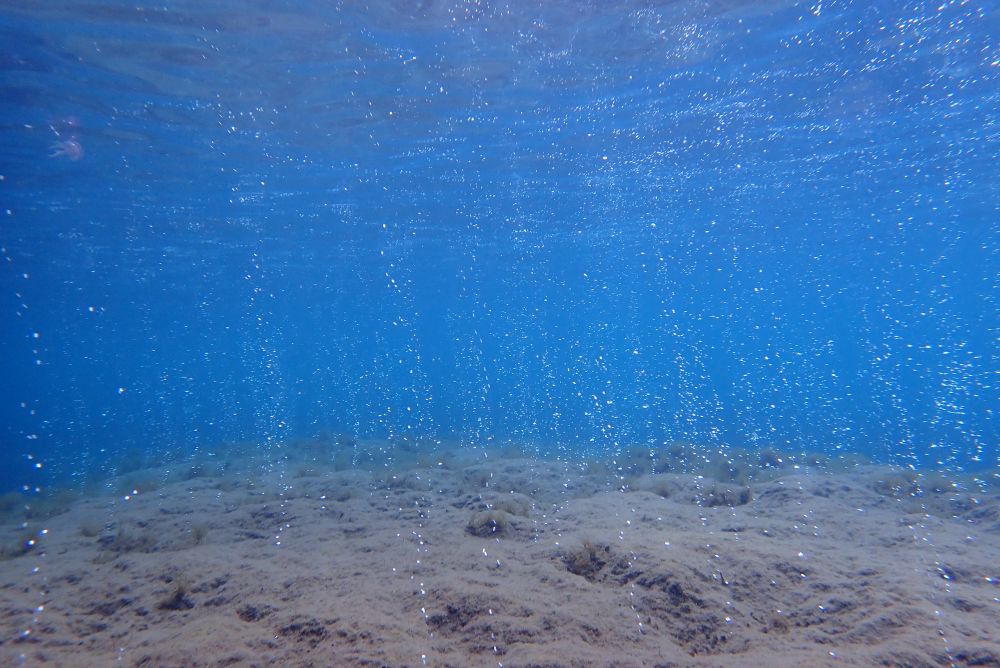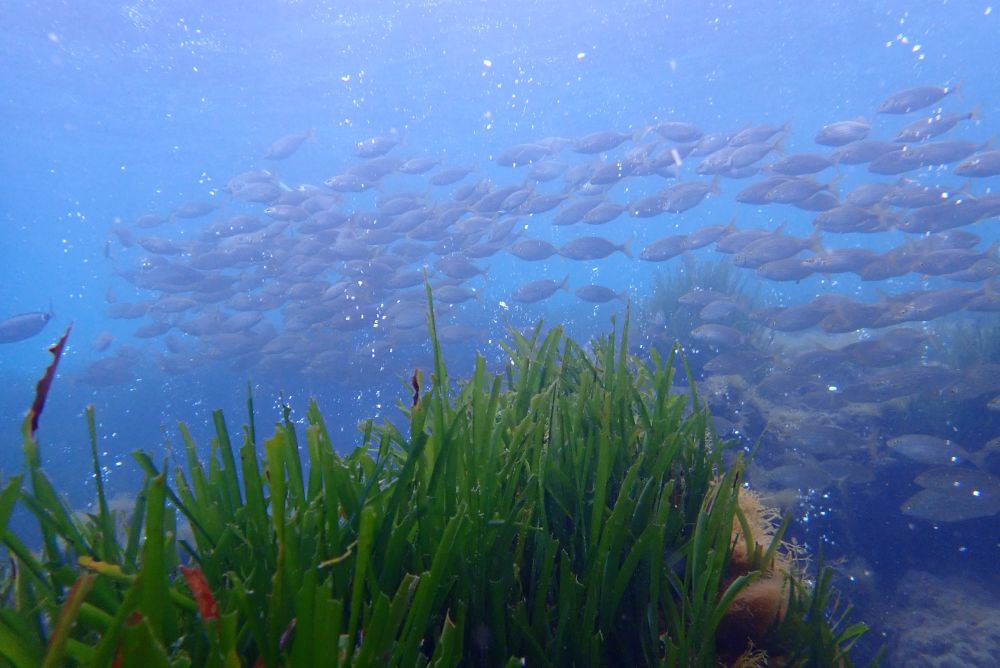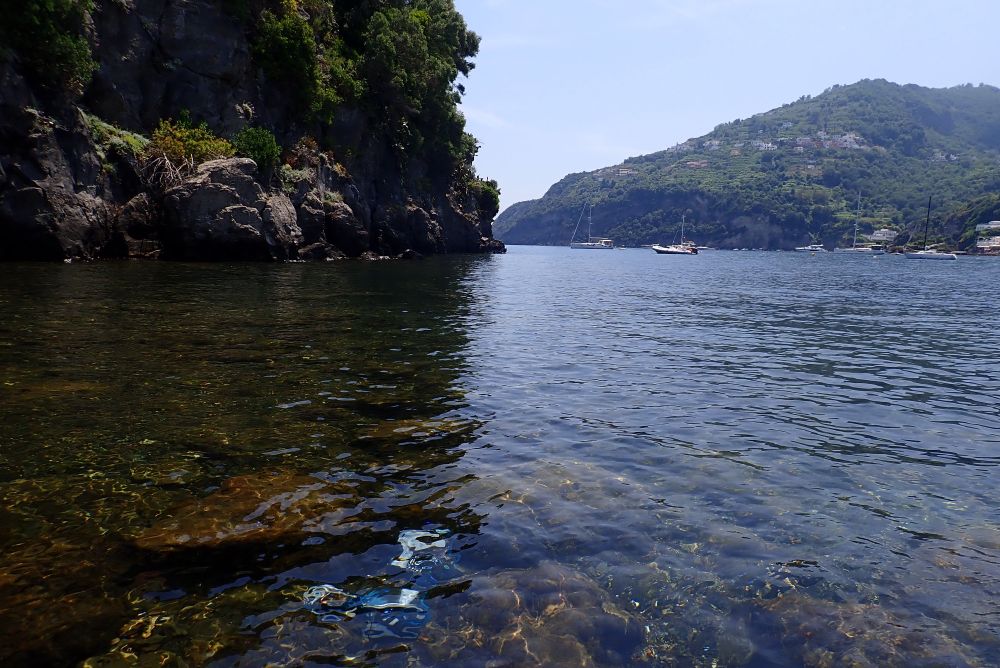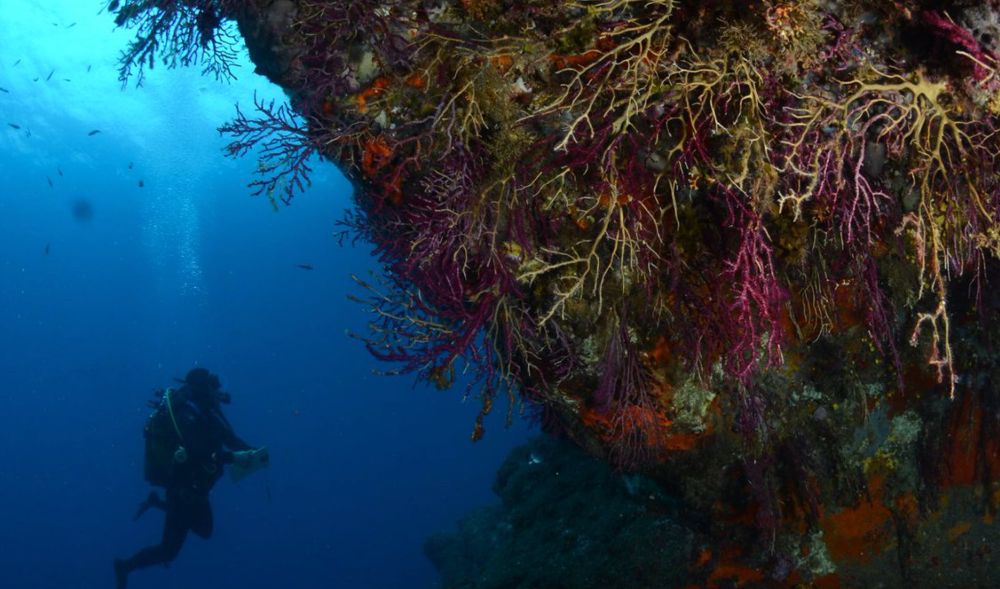
Jérémy Carlot
@jerem-carlot.bsky.social
Postdoctoral Fellow focusing on marine ecosystem functioning from temperate reefs 🌱 to tropical ones 🪸 | Diver 🤿, Bodyboarder 🌊 and Swimmer 🏊🏼.
📍Currently based at @ba.ieo.es 🇪🇸
🌐 https://jaycrlt.github.io
📍Currently based at @ba.ieo.es 🇪🇸
🌐 https://jaycrlt.github.io
🎓 Are you a marine MSc or PhD student passionate about climate change and biodiversity? Join our Summer School in Ischia, Italy!
📅 Sept 14–20, 2025
📝 Apply by May 26 → bit.ly/42VRjfL
🔬 Explore seawater chemistry, R & GitHub, blue carbon, drone surveys, and photogrammetry — right in the field
🌊🌐🧪🦤
📅 Sept 14–20, 2025
📝 Apply by May 26 → bit.ly/42VRjfL
🔬 Explore seawater chemistry, R & GitHub, blue carbon, drone surveys, and photogrammetry — right in the field
🌊🌐🧪🦤



May 2, 2025 at 12:18 PM
🎓 Are you a marine MSc or PhD student passionate about climate change and biodiversity? Join our Summer School in Ischia, Italy!
📅 Sept 14–20, 2025
📝 Apply by May 26 → bit.ly/42VRjfL
🔬 Explore seawater chemistry, R & GitHub, blue carbon, drone surveys, and photogrammetry — right in the field
🌊🌐🧪🦤
📅 Sept 14–20, 2025
📝 Apply by May 26 → bit.ly/42VRjfL
🔬 Explore seawater chemistry, R & GitHub, blue carbon, drone surveys, and photogrammetry — right in the field
🌊🌐🧪🦤
We finally investigated how this vulnerability was spatially distributed in the Mediterranean Sea. We showed that the highest vulnerability was observed in the Western part, highlighting the rapid ongoing change while the Eastern & Central parts have been impaired long time ago.

February 13, 2025 at 6:15 PM
We finally investigated how this vulnerability was spatially distributed in the Mediterranean Sea. We showed that the highest vulnerability was observed in the Western part, highlighting the rapid ongoing change while the Eastern & Central parts have been impaired long time ago.
We also investigated how the pressures have been affected the Med Sea. We showcased that 85% was due to T° anomalies. We also showed that the trait vulnerability was 0.6% in the 1990s while it rises up to 7.1% in the 2010s (>10-fold increase) and up to 10.8% in the last 5 yrs.

February 13, 2025 at 6:15 PM
We also investigated how the pressures have been affected the Med Sea. We showcased that 85% was due to T° anomalies. We also showed that the trait vulnerability was 0.6% in the 1990s while it rises up to 7.1% in the 2010s (>10-fold increase) and up to 10.8% in the last 5 yrs.
We quantified the change in vulnerability according to the degree of mortality. We highlighted that 29 Functional Entities (group of species sharing the same combination of traits) suffered extreme mortality, leading to up to 19.1% of the global trait vulnerability over 35 yrs.

February 13, 2025 at 6:15 PM
We quantified the change in vulnerability according to the degree of mortality. We highlighted that 29 Functional Entities (group of species sharing the same combination of traits) suffered extreme mortality, leading to up to 19.1% of the global trait vulnerability over 35 yrs.
We also highlighted that certain trait categories are consistently more impacted. This is especially the case of sessile species that cannot escape from the ongoing global change, calcifying species, or even large indiv. Altogether, this reduce the heterogeneity of the ecosystem.

February 13, 2025 at 6:15 PM
We also highlighted that certain trait categories are consistently more impacted. This is especially the case of sessile species that cannot escape from the ongoing global change, calcifying species, or even large indiv. Altogether, this reduce the heterogeneity of the ecosystem.
We quantified that severe mortality (mortality rate of colonies / indiv across sites >60%) accounts for over half of the obs between 1986 and 2020. In addition, MMEs have been observed with increasing frequency, from 88 obs between 1986 and 1990 to 997 obs between 2016 and 2020.

February 13, 2025 at 6:15 PM
We quantified that severe mortality (mortality rate of colonies / indiv across sites >60%) accounts for over half of the obs between 1986 and 2020. In addition, MMEs have been observed with increasing frequency, from 88 obs between 1986 and 1990 to 997 obs between 2016 and 2020.
We utilized extensive mass mortality events (MMEs) datasets spanning from 1986 to 2020 across the Mediterranean Sea, to investigate the trait vulnerability of benthic species that suffered from MMEs induced by nine distinct mortality drivers.

February 13, 2025 at 6:15 PM
We utilized extensive mass mortality events (MMEs) datasets spanning from 1986 to 2020 across the Mediterranean Sea, to investigate the trait vulnerability of benthic species that suffered from MMEs induced by nine distinct mortality drivers.
Our last article on Vulnerability of benthic trait diversity across the Mediterranean Sea following mass mortality events is out in
@NatureComms
! 🪸🌱🐚🌡️🌊 A thread 👇🧵
nature.com/articles/s41...
@NatureComms
! 🪸🌱🐚🌡️🌊 A thread 👇🧵
nature.com/articles/s41...

February 13, 2025 at 6:15 PM
Our last article on Vulnerability of benthic trait diversity across the Mediterranean Sea following mass mortality events is out in
@NatureComms
! 🪸🌱🐚🌡️🌊 A thread 👇🧵
nature.com/articles/s41...
@NatureComms
! 🪸🌱🐚🌡️🌊 A thread 👇🧵
nature.com/articles/s41...


